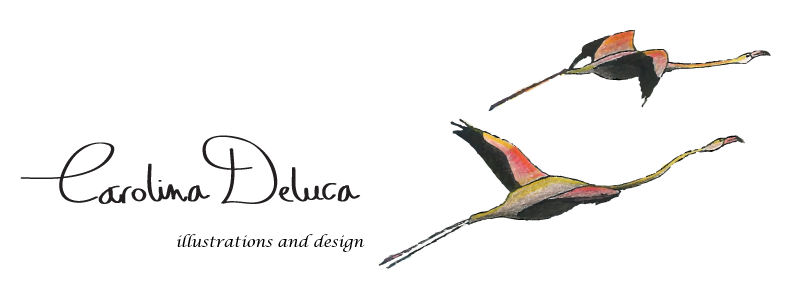Drawing in Crozet
Today it was a beautiful day, almost end of February, sunny, and I saw the first bee announcing that (hopefully!) Spring is coming! This is a view of the Rue du Jura in my little village, Crozet.
Later in the day I've learned that the man in the bike lives also in the same road, but a little bit upwards, and that he goes up with his bike every morning. And every morning his neighbour comes out and they talk for a while. I am very happy that I could catch a small piece of the daily routine in my little village, and that I got to know a bit more of the people living there. When I go out to draw, what I want is to capture a scene, and it is only sometimes that I get to learn what is behind what I drew.


